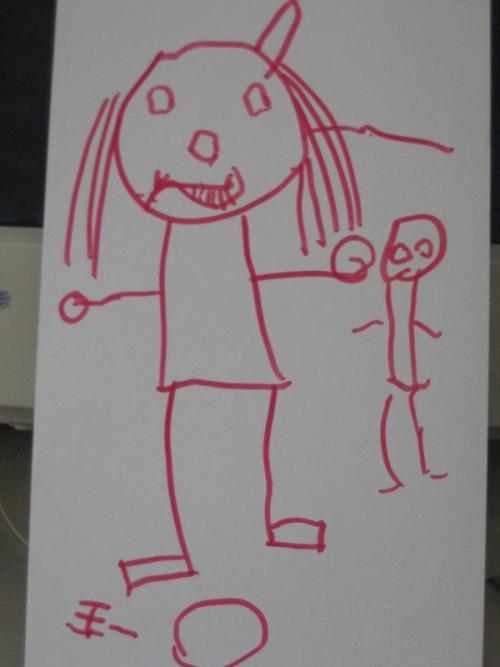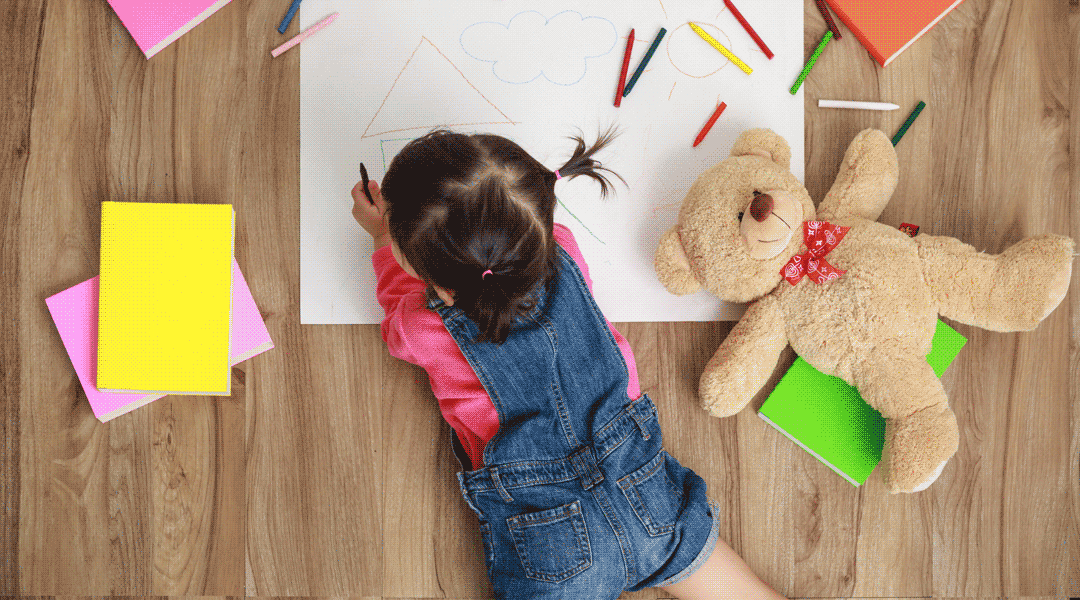
There is a saying called “Every child is a natural artist”, and there is another saying that “children’s artistic cells should be grasped from an early age”.
Many parents attach importance to developing their children’s painting skills, such as buying their children painting tools and teaching them themselves, or enrolling their children in a class of hundreds of painting classes.
However, Teacher Chang Run, who has 8 years of kindergarten teaching experience, said: Don’t teach children to draw.
Teach children to draw and deprive them of their creativity.

Children’s small heads will come up with unconstrained ideas all the time. It is their nature and advantage not to stick to the rules and regulations in adults’ inherent thinking.
Many parents like to enroll their children in painting classes. However, most of the painting classes are procedural. Their aim is not to help you cultivate a painting genius, but to let the children [return from their studies].
I once went to a children’s painting organization to watch their creative painting course:
The teacher gave a theme, after explaining it, posted a reference picture and taught the children to [create] according to the content of the reference picture.
In the theme painting of the underwater world, there are several small fish located in what respectively. Aquatic plants have several what colors, which should be compared with the [samples] taken out by the teacher.
Some children can’t draw fish, and the teacher will [patiently guide]: [Learn the teacher’s strokes, draw a big triangle (fish body) first, then draw a small triangle (fish tail)…]

It’s not creation at all, it’s copying.
Of course, at the end of the course, the children came out of the classroom with their works. The parents praised the children for giving some snack rewards, then took out their mobile phones to take pictures of the paintings and sent them to friends.
It is really better not to teach children to draw in this way.
This kind of process painting learning, children can easily form such a fixed cognition: [Oh, aquatic plants must be green, small fish must be red triangular, it is right to draw exactly the same as the teacher].
Over time, children will only copy what adults have taught and lose their enthusiasm for self-creation. In the process of growing up, they will never be able to experience the joy of free expression and draw creative works.
This completely deviates from our original intention of stimulating children’s imagination and creativity through artistic activities.
Some parents will say [then my children like to draw and I can’t, can’t I really enroll in the class? ], even if you want to enroll in the class, try to compare in many ways to find a painting organization with more suitable ideas.
Teach children to learn to draw and attack their self-confidence.
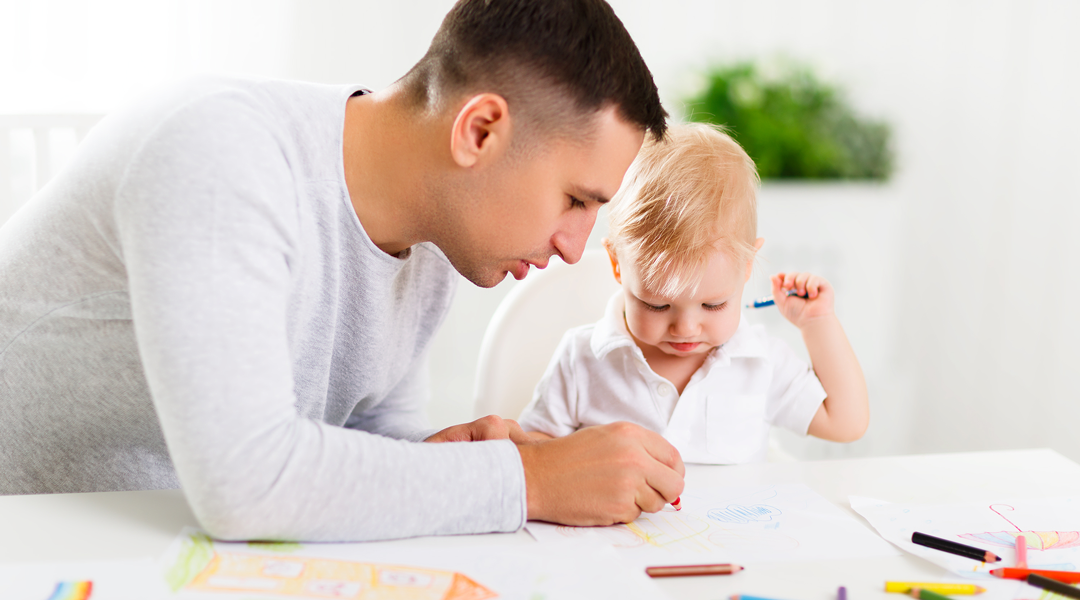
[Then I don’t enroll my children in classes. Can I teach my children at home? ]
Yes, but as far as I can see, many parents often fall into a misunderstanding when teaching their children to draw.
Our kindergarten also has art courses. When there is painting graffiti, there will always be several children who show obvious resistance to painting. When I communicate with the children, these children say [No, just don’t]. If you ask one more question, the children will say [I won’t].
After the event, I talked with the parents of the children about the situation of the day, and the parents were very confused: [I clearly taught him…]
Why do children [can draw but are not willing to draw]? From the in-depth communication with parents, I confirmed my judgment.
I once saw such a scene when I was on the train:
A mother took out a coloring book and crayons for her child to play with.
The child was about to take crayons when his mother said, “Wait, look, shark’s here is dark green and here is light green. Don’t draw it wrong.”
The child started coloring after repeatedly comparing the colors on the paintbrush and coloring card.
[Look at you, the picture is wrong. Sharks’ teeth are white. How can they be painted? ]
[How many times have you said that the frame is painted inside and how to draw the frame again? It’s too ugly. Can you do it or not? ]
The mother taught the child from time to time, and finally she couldn’t help getting started.
The child’s mood from the initial excitement, to the later hesitation, finally simply too lazy to draw.
Sitting opposite me, I looked at the child’s reaction and felt really bad.

Many children aged two or three can’t even hold a pen like adults, let alone control the pen to draw the lines they want to draw.
Children in this period are still unable to distinguish colors well. It is not intentional for children to draw frames and paint wrong colors, but it is really impossible for children to do so.
And like that mother, drawing directly on the baby’s paper is tantamount to telling the baby directly: “You can’t, let me do it!” ]
Children will feel that they cannot draw as well as their parents expect. They will form such a perception of themselves: I just can’t draw well, I just can’t draw.
In the end, children may completely lose their confidence in painting, even resist, and say [I won’t] as soon as they pick up the paintbrush to draw.
Children do not need to be taught to draw, timely guidance is more important.
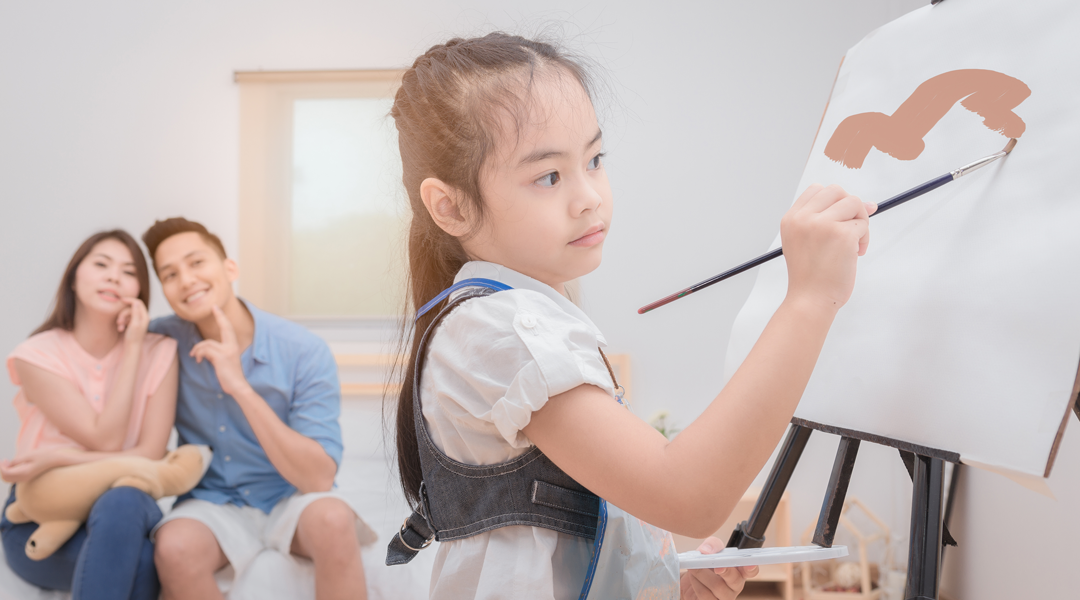
Children between the ages of 1 and 3 will enter the graffiti period and begin to draw randomly and unconsciously, summing up experience through trial and error: Oh, it turns out that when my arms move like this, these marks will appear on the paper.
From experience, they learn how to control hand movements, coordinate hands, eyes and brain, and make creative expressions.
Therefore, the baby really doesn’t need to be taught to draw. People are finding their own learning in practice.
If parents really want to give their children more strength in the self-study process, they can do so:
1. Guide Children to Observe Life
Painters do not draw perfect works with their eyes closed like magic pen Ma Liang, but observe life all the time. Therefore, parents can inspire their children to observe more in their normal life.
For example, playing observation games with children [I didn’t notice …], or making children realize that they are good at observation: [Have you noticed that apples are not only red but also green, which is quite good at observation! ].
Gradually, the child will present what he has observed on the paper.
2. Affirming the process and not evaluating the results
To children, you can say [Hey, you draw very well! For older children, you can say [Wow, you have carefully created what’s story, tell me about it], and children will be encouraged.
On the contrary, always saying [the painting is really beautiful and beautiful], or choosing the best one to hang on the wall, will bring pressure to children, think that what others like is good, and lose the pleasure of creation itself.
Art is not taught. Every child is different.
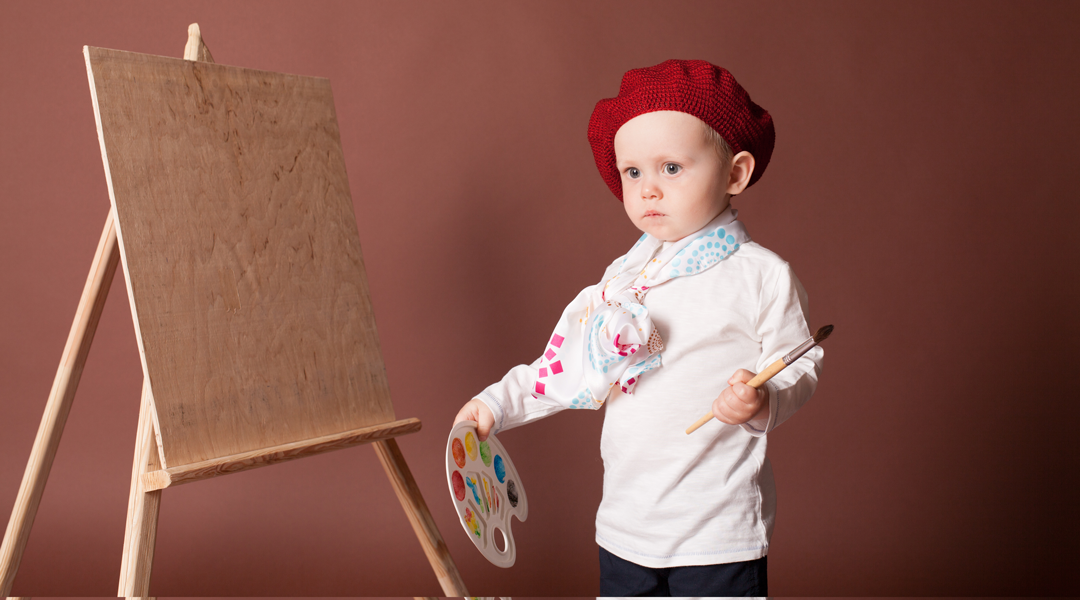
Art is not taught. In addition to observing life, it also requires imaginative and creative expression.
Even if you can imitate popular cartoons or paintings exactly, you are only skilled. Children are also a [printing press].
The real art is to be able to draw vividly the real world that one is moved by and discovered by oneself. Van Gogh, Monet, Picasso… all of them are wrong.
Every child has his own unique artistic perspective. What matters is whether you can let the child experience and discover it.
For example, in the eyes of babies…
Mom can be like this-
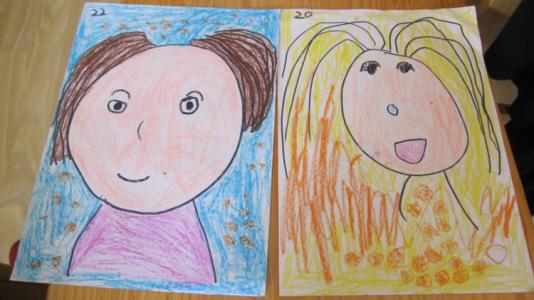
It can also be like this-
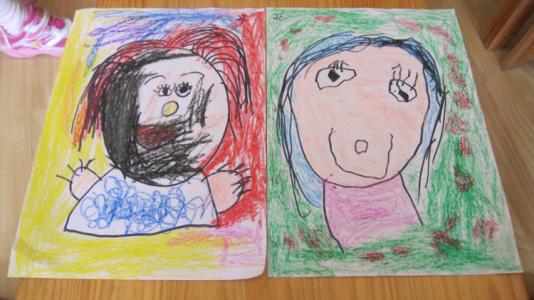
It can also be like this-

Aren’t these paintings the most direct manifestation of children’s feelings and happiness?
Every child is a soul painter, isn’t he?
